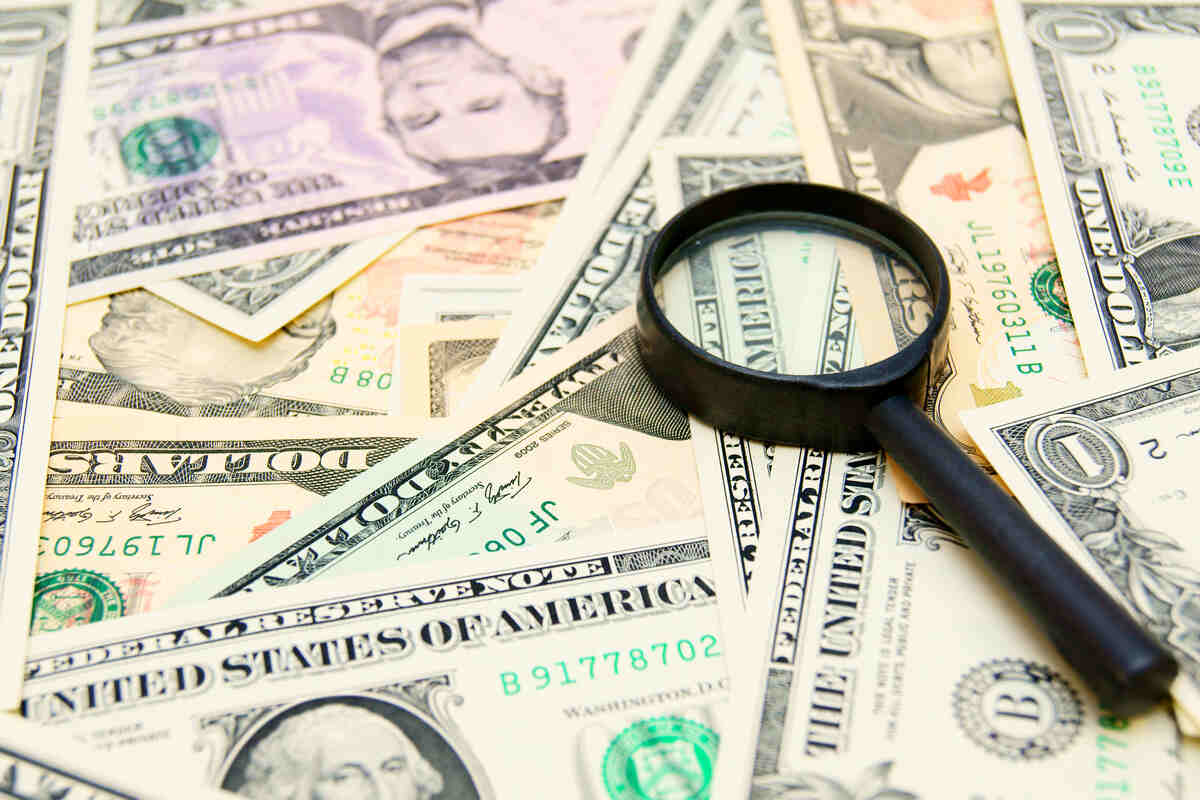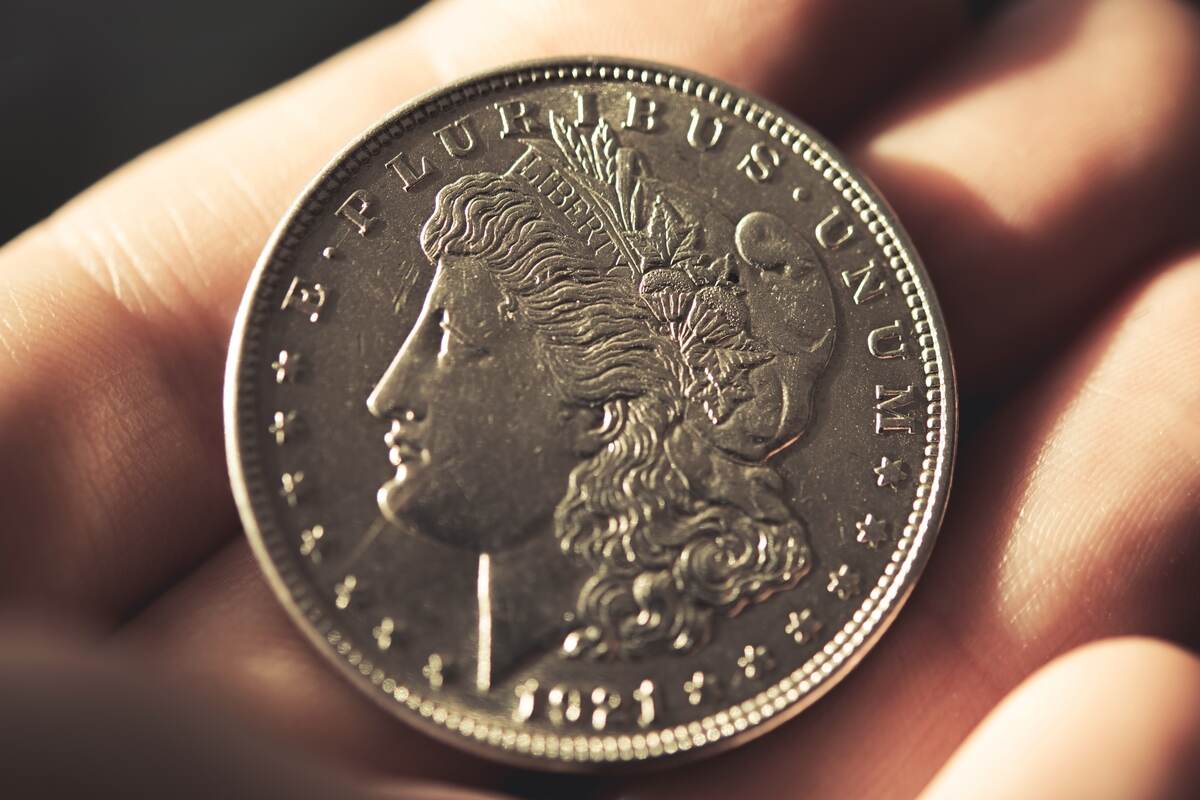Delving Into the Past: The History of Currency in the US
Money has been an integral part of human society for thousands of years. From ancient to modern times, people have relied on various forms of currency to facilitate trade and commerce. The United States of America has a rich and diverse monetary history, which has seen the use of various forms of currency. Understanding the history of currency in the US is not only fascinating, but it also provides insight into the economic and political factors that shaped the nation.
In this blog, we will delve into the story of the dollar and explore the evolution of money in the USA. Whether you are a history buff or simply curious about the origins of money in the USA, this blog is for you. So, let's take a journey through time and discover the fascinating history of US currency.
Colonial Currency
From the early days of colonial America to the modern era of digital currencies, the evolution of US currency tells a story about a prosperous nation. The first forms of currency used in America were commodities like tobacco, wampum, and beaver pelts.
However, as trade and commerce increased, colonies began to issue their own paper currency. This currency was backed by land or other assets, and it circulated as a medium of exchange. The first paper currency in America was issued by the Massachusetts Bay Colony in 1690.
The Story of Western Hemisphere’s First Paper Note
During a war in 1690, Governor William Phips of Britain's Massachusetts Bay Colony promised his volunteer troops half of the loot they would receive, in addition to their regular pay, for raiding Quebec City. However, Phips failed to deliver his promise and returned to Massachusetts with no treasure and a damaged fleet.
There was a shortage of coins to pay the troops, so Phips was vulnerable to mutiny. To pay the soldiers, the General Court of Massachusetts ordered the printing of government-backed paper currency on December 10th, 1690.
Soon after, they passed a law that removed the limit on printing currency and allowed the use of paper currency for tax pay. This decision was made in light of the scarcity of official currency in the colonies, which had led to the use of IOUs as a temporary means of exchange for goods and services.
Thus, the shortage of coins and Phips' inability to fulfill his promise resulted in the issuance of paper currency, a practice that continued in the colonies and later in the United States, eventually leading to the establishment of a national currency.
Continental Currency
Paper currency was issued by the Continental Congress during the American Revolution to finance the war effort. This currency, known as Continental currency, was not backed by any assets and quickly became devalued due to inflation.
By the end of the war, Continental currency was virtually worthless. The Continental currency issued during that time proved to be an unsuccessful means of exchange due to inflation and counterfeiting.
The Coinage Act of 1792 established the US dollar as the country's official currency, created a system for minting and regulating coins, and provided stability to the US economy. The Act remained in effect for over a century, reflecting the evolution of the US economy and society.
Coinage Act of 1834: Gold and Silver Ratio
In 1834, Congress passed the Coinage Act, which changed the ratio of gold to silver in US coins. Before this, the ratio was 15:1, but the act changed it to 16:1. This significantly impacted the value of gold and silver and helped establish the US as a major player in the global gold market.
The 1834 Coinage Act also authorized the US Mint to use steam-powered machinery to produce coins, which significantly increased the production capacity of the Mint. This, in turn, helped to reduce the shortage of gold coins that was ruining the country's economy.
$2 Bill
The $2 bill is a unique part of US currency history. Although it is not commonly used today, the $2 bill has a long and interesting history. The first $2 bill was issued in 1862, and it featured a portrait of Alexander Hamilton.
In 1869, the US Mint changed the design of the $2 banknote, and it has been depicting Thomas Jefferson since. Today, the $2 bill remains in circulation but is not as widely used as other denominations.
Fun fact: one of the rarest banknotes in the history of currency in the US is the $2 note from 1890. Some sources evaluate that one of those can be worth anywhere from $500 to $5,000. Talk about collectors’ favorites!
Gold Standard Act
The Gold Standard Act of 1900 officially established the gold standard in the US. Under this system, the US dollar's value was tied to gold's price. This system remained in place until the Great Depression when the US government abandoned the gold standard to stimulate the economy.
By establishing gold as the standard, the Act ensured that the US dollar was backed by a tangible asset with real value. This helped to promote confidence in the currency and provided a basis for international trade and investment.
However, the Gold Standard Act also had a significant impact on the Great Depression. When the stock market crashed in 1929, it triggered a wave of bank failures and a sharp contraction in the money supply.
Under the Gold Standard, the government couldn't have an agile and effective response to the crisis. Since the US dollar was tied to gold, the government could not simply print more money to stimulate the economy. This was one of the lowest points in the history of currency in the US.
Dollar as Fiat Money
Today, the US dollar is considered fiat money - its value is not backed by any physical assets like gold or silver. Instead, its value is based on the trust and confidence that people have in the government and the economy. This system has been in place since the 1970s when the US government officially ended the gold standard.
The US dollar is the official currency of the United States and is widely used as a medium of exchange in international transactions. Today, the US dollar is available in a range of denominations and features a variety of designs that reflect the nation's history and culture. In this blog, we will explore the design and denominations of today's US dollar.
US Dollar Denominations

The US dollar is available in the following denominations:
- $1 bill
- $2 bill
- $5 bill
- $10 bill
- $20 bill
- $50 bill
- $100 bill
The most commonly used denomination is the $1 bill, followed by the $20 and $100 bills. The $2 bill is relatively rare and is often seen as a collector's item.
Ready to buy?
Are you ready to buy your currency? Stop waiting and request a Shipping Kit. We will provide everything you need to ship and receive funds for currencies you own.
Design of the US Dollar's Notes
The design of the US dollar's notes and coins has evolved over time, with each denomination featuring unique designs and symbols. The front of each note features a portrait of a notable American person, while the back features different images related to American history and culture.
- The $1 bill features a portrait of George Washington, the first president of the United States, and the Great Seal of the United States on the back.
- The $2 bill features a portrait of Thomas Jefferson, the third president, and a depiction of the signing of the Declaration of Independence on the back.
- The $5 bill features a portrait of Abraham Lincoln, the 16th president, and the Lincoln Memorial on the back.
- The $10 bill features a portrait of Alexander Hamilton, the first Secretary of the Treasury, and the US Treasury building on the back.
- The $20 bill features a portrait of Andrew Jackson, the seventh president, and the White House on the back.
- The $50 bill features a portrait of Ulysses S. Grant, the 18th president, and the US Capitol on the back.
- Finally, the $100 bill features a portrait of Benjamin Franklin, one of the Founding Fathers, and Independence Hall on the back.
All US notes also feature the denomination in the corners and various security features, including watermarks, security threads, and color-shifting ink, to prevent counterfeiting.
US Coins Currently in Circulation
In addition to notes, the US dollar also features coins in various denominations, including the penny, nickel, dime, quarter, half-dollar, and dollar coins.
The front of the penny features a portrait of Abraham Lincoln, the 16th President of the United States, and there is the Lincoln Memorial in the back.
Nickel features a portrait of Thomas Jefferson, the 3rd President of the United States on the front. The back of the nickel features a design that changes - recent designs included Jefferson's home and a depiction of the Lewis and Clark expedition.
Franklin D. Roosevelt, the 32nd President, is on the front of the dime. This coin has symbolic images on the back - a torch for liberty, an oak branch for strength, and an olive branch for peace.
The obverse of the quarter features a portrait of George Washington, the 1st President of the United States. The reverse of the quarter features a design that changes periodically, with recent designs including national parks and historic sites.
You can find John F. Kennedy on the front of the half-dollar. On the back of this coin, there is an adaptation of the Presidential Seal, with an eagle and shield.
$1 in Coins

The US dollar coins currently in circulation include the Sacagawea dollar and the Presidential dollar series.
The Sacagawea dollar was first introduced in 2000 and features a portrait of Sacagawea, a Shoshone woman who helped guide the Lewis and Clark Expedition across the western United States in the early 19th century. The design on the reverse side of the coin changes each year, featuring different themes that represent different aspects of American history and culture.
The Presidential dollar series began in 2007, and features the portraits of US presidents, with four presidents honored each year in the order in which they served. The series was concluded in 2016 and included a total of 39 coins, with presidents from George Washington to Ronald Reagan represented. The reverse side of each coin features a different design that reflects an aspect of the president's life or legacy.
Buying and Selling US Dollars Online
Now that you are all caught up on history - here is a quiz: Do you know what is the single most traded currency in the world?
With a daily average trading volume of around $2.9 trillion, it is the US dollar, for the win!
If you want to sell or buy the US dollar notes, contact US First Exchange! We provide currency at competitive rates, deliver them to your doorstep and provide insurance for the delivery! You can never be wrong when you choose US First Exchange as your currency broker!
Ready to sell?
Are you ready to sell your currency? Stop waiting and request a Shipping Kit. We will provide everything you need to ship and receive funds for currencies you own.


